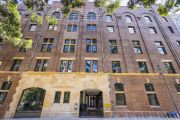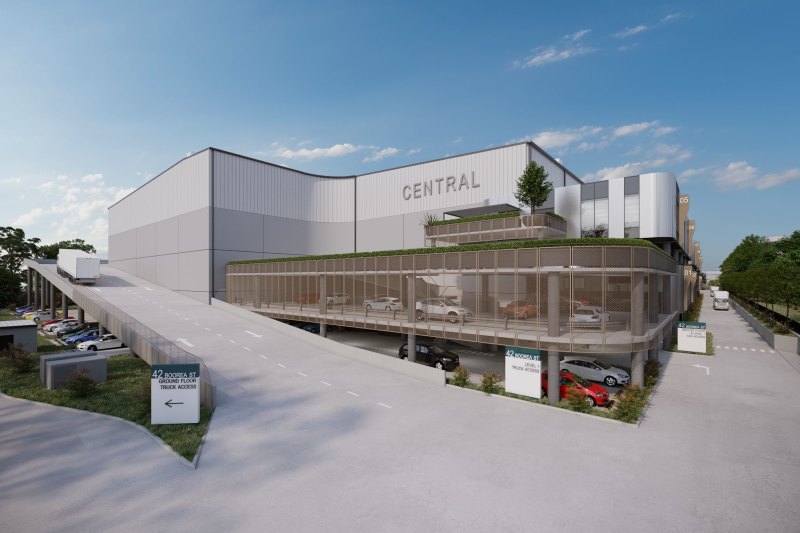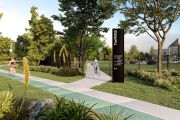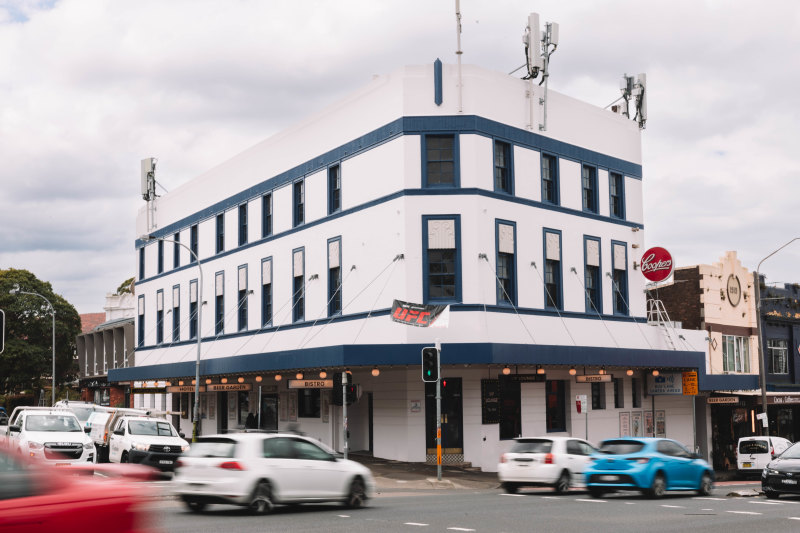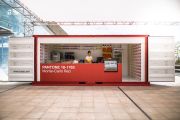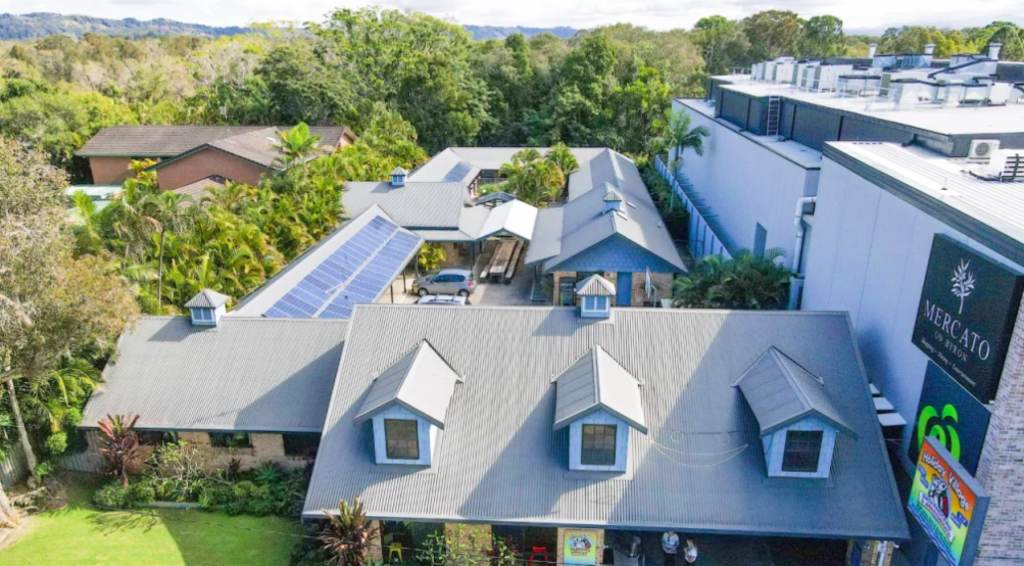
Investors snap up child care centres and development sites for higher returns
Investors are in the market for higher yielding brick and mortar assets in the lower-for-longer interest rate environment.
Early learning centres, service stations, convenience stores and bank branches remain on the top of the list, together with sites that have development potential.
The government support offered to child care centres through the COVID-19 pandemic has underpinned the asset class, which has seen the creation of listed sector-specific real real estate investment trusts (REITs).
Burgess Rawson, which specialises in the sales of these assets, says it has completed up to $1 billion in deals over the past decade. Most centres were sold in New South Wales and Victoria, followed by Queensland, South Australia and Western Australia. The ACT, Tasmania and Northern Territory also had solid sales.
Michael Vanstone, who heads up Burgess Rawson Sydney’s Childcare Team, said the milestone highlighted the strength of childcare as an investment class, both nationally and across New South Wales.
“Many aspects of the commercial property industry are as strong now as they were pre-COVID and early childhood education is a clear example of that,” Mr Vanstone said.
“Childcare centre yields have held firm in recent months despite the challenges of COVID-19 to the sector, with our latest childcare yields remaining consistent with those sold late last year.”
Burgess Rawson recently sold a G8 Education childcare centre in Horningsea Park, Sydney for $3.1 million at a 4.19 per cent yield and a childcare centre for $4.2 million at a yield of 6.98 per cent at Singleton, in the Hunter Valley, NSW.
Mr Vanstone added that a key factor to this asset class’ continued investor interest was the increasing demand and ongoing government support.
“The sector enjoys bipartisan federal government support, and if anything, COVID-19 has reiterated the importance government places on this sector, with some of the earliest specialist assistance packages directed to the industry,” he said.
Post-COVID, Mr Vanstone added he did not foresee the long-term investor demand for early childhood education abating.
On the development side of the ledger, the Byron Bay Holiday Village at 116-118 Jonson Street is for sale and is one of the last significant multi-storey developable sites in the heart of Byron Bay.
The local Walker Family built the property and while no price was revealed, similar sites have garnered about $20 million.
The 4282 square metre, local centre-zoned property will be marketed by John Musca of JLL hotels and hospitality group in conjunction with Elliott O’Shea of JLL metropolitan investments.
Owned by the Walker family for for 37 years, the business currently operates as the Byron Bay Holiday Village Backpackers, with a capacity of up to 200 guests, and was the first purpose-built backpackers in Australia when built in 1983.
Having sold the Beach Hotel in Byron for $104 million, Mr Musca noted that the measured approach to new development had helped in maintain the area’s unique coastal culture, while also amplifying the interest in those last remaining sites offering favourable zoning.
“Now recognised as Australia’s most expensive residential city in terms of median house prices, and with a recognised lack of large, mixed-use town-centre developable opportunities, subdued project pipeline is driving continued interest in the shire,” Mr Musca said.
Get a weekly roundup of the latest news from Commercial Real Estate, delivered straight to your inbox!

